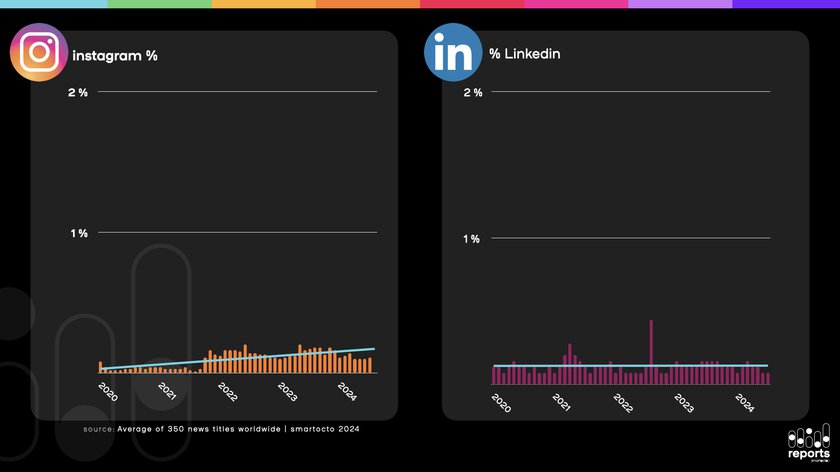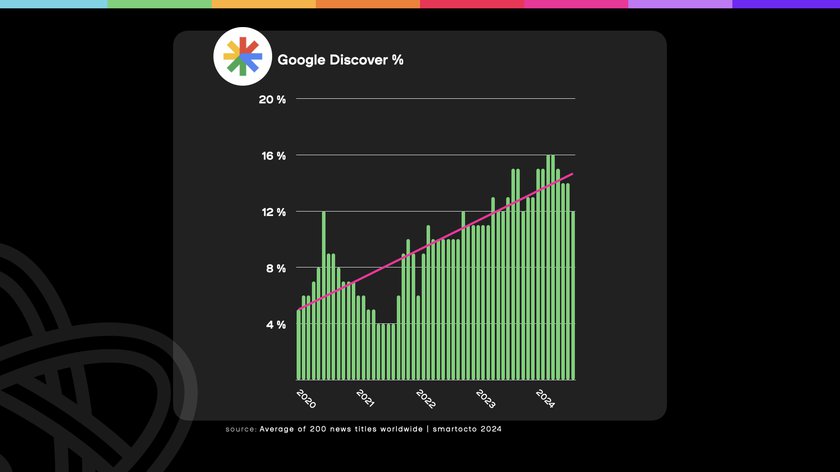Although the number of hours people worldwide spend on social media has remained stable for years, news media are noticing a shift in traffic to their websites. Smartocto analysed statistics from traffic via social media of the past four years to uncover the trends you need to know about.
The significance of Facebook in content strategy is no longer as pronounced as it was a decade ago. This much we all know.
But any media outlet worth their salt knows that they have to be where their audience spends much of their time - and people are clearly still spending a lot of their time on social media. The difficulty is that while Twitter and Facebook once prioritised news in their algorithms, in recent years, Facebook’s CEO Mark Zuckerberg has stated that the platform’s focus is shifting towards personal interactions and away from “public content”.
Traffic via Twitter, Instagram and TikTok
A brief foray into the history of X/Twitter’s taglines shows its purpose has also changed - the app now invites users to “blaze your glory”, marking a different tone to the previous tagline “it’s what’s happening”. Meanwhile, video content continues to gain popularity, particularly on platforms like TikTok and in reels on Instagram.
This shift has inevitably affected the amount of traffic traditional media receive from social platforms. There’s little debate about this now—it’s a reality that media must confront. Still, it's worth taking a closer look at the relationship between social media and traditional media, and that’s what the following charts - all based on smartocto clients’ data - illustrate.







